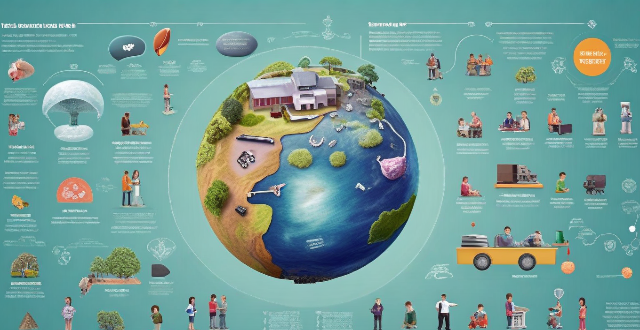Climate education is a crucial aspect of modern education that helps students understand the complexities of our planet's climate system and the impact of human activities on it. Improving climate education in schools requires integrating climate science into various subjects, training educators, engaging students through real-world experiences, and utilizing technology and multimedia tools. By implementing these strategies, we can prepare future generations to tackle the challenges posed by climate change and create a more sustainable future for all.

How Can We Improve Climate Education in Schools?
Climate education is an essential aspect of modern education that helps students understand the complexities of our planet's climate system and the impact of human activities on it. Improving climate education in schools is crucial for preparing future generations to tackle the challenges posed by climate change. Here are some ways we can enhance climate education in schools:
Incorporate Climate Education into Curriculum
1. Integrate Climate Science into Subjects: Climate science should be integrated into various subjects such as geography, biology, chemistry, and physics. This will help students understand the interdisciplinary nature of climate change and its impact on different fields.
2. Teach Sustainability Concepts: Teach students about sustainable living practices, such as reducing waste, conserving energy, and using renewable resources. This will help them develop a sense of responsibility towards the environment.
3. Promote Interdisciplinary Learning: Encourage students to explore the connections between climate change and other subjects, such as economics, politics, and sociology. This will help them understand the broader implications of climate change.
Train Educators
1. Provide Professional Development Opportunities: Offer training programs for teachers to stay updated on the latest research and teaching methods related to climate change. This will ensure that educators have the necessary knowledge and skills to teach climate education effectively.
2. Encourage Collaboration among Educators: Foster a collaborative environment where teachers can share their experiences and best practices in teaching climate education. This will help educators learn from each other and improve their teaching strategies.
Engage Students through Real-World Experiences
1. Field Trips and Excursions: Organize field trips to natural habitats, parks, and environmental organizations to give students firsthand experience of the impact of climate change on local ecosystems.
2. Project-Based Learning: Encourage students to work on projects related to climate change, such as designing a solar-powered device or creating a community garden. This will help them apply their knowledge in real-world situations and develop problem-solving skills.
3. Involve Students in Community Actions: Encourage students to participate in community actions aimed at addressing climate change, such as tree planting events or beach cleanups. This will help them understand the importance of taking action against climate change and foster a sense of responsibility towards the environment.
Use Technology and Multimedia Tools
1. Utilize Digital Resources: Incorporate digital resources such as online courses, educational videos, and interactive simulations into your teaching materials. This will make learning more engaging and accessible for students.
2. Create Multimedia Presentations: Develop multimedia presentations that combine text, images, audio, and video to explain complex concepts related to climate change. This will help students better understand and retain information.
3. Leverage Social Media: Use social media platforms to share information about climate change and engage students in discussions about current events related to climate change. This will help students stay informed and connected with the global community working towards addressing climate change.
In conclusion, improving climate education in schools requires a comprehensive approach that involves incorporating climate science into various subjects, training educators, engaging students through real-world experiences, and utilizing technology and multimedia tools. By implementing these strategies, we can prepare future generations to tackle the challenges posed by climate change and create a more sustainable future for all.